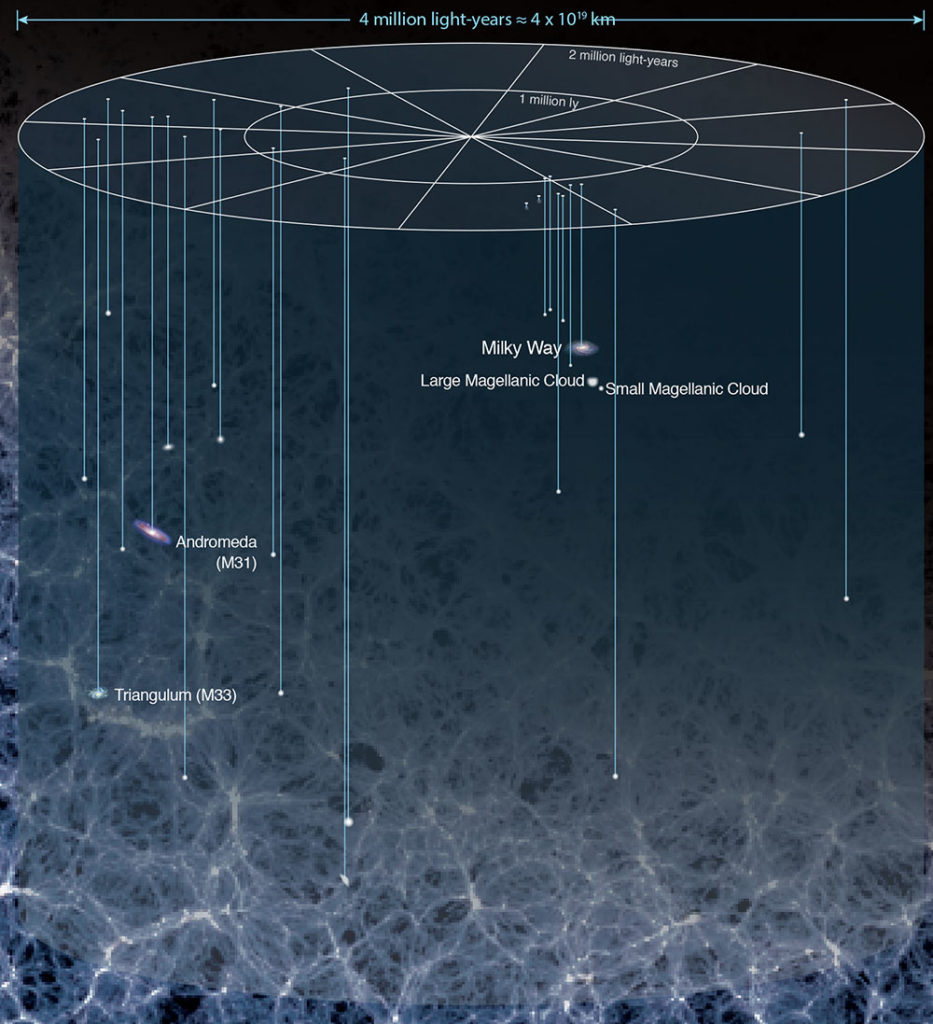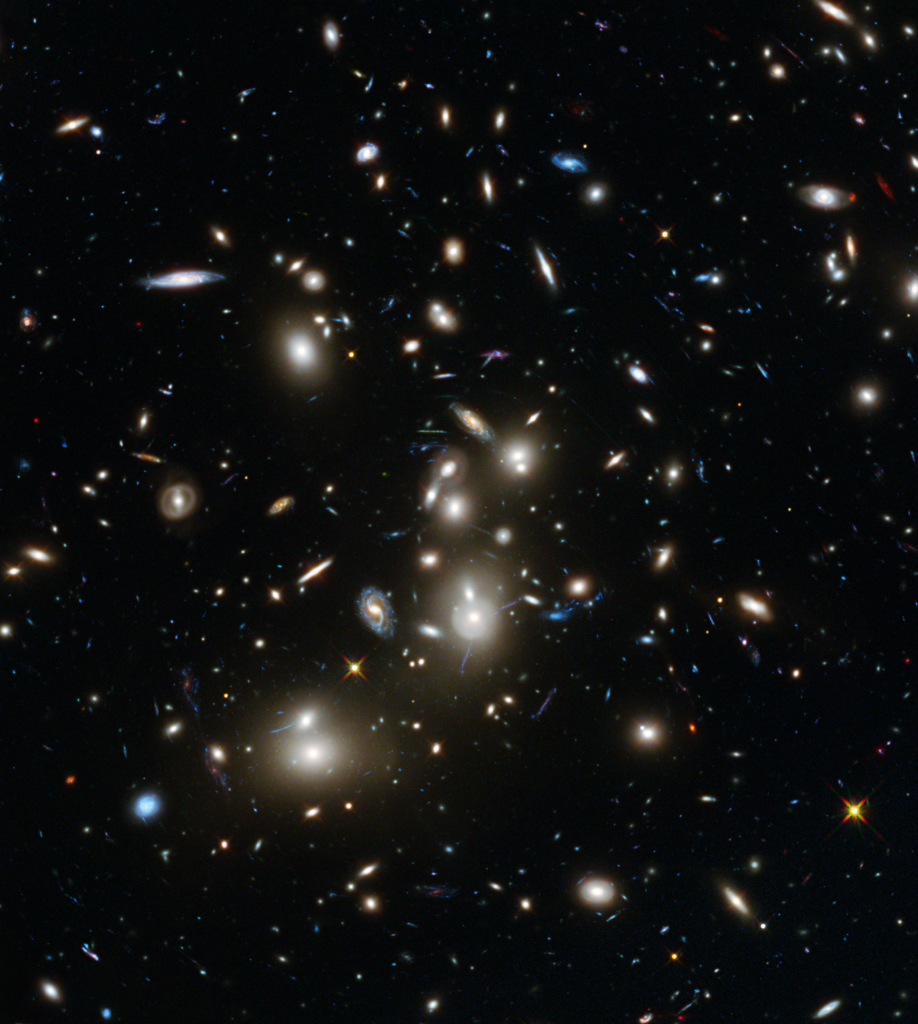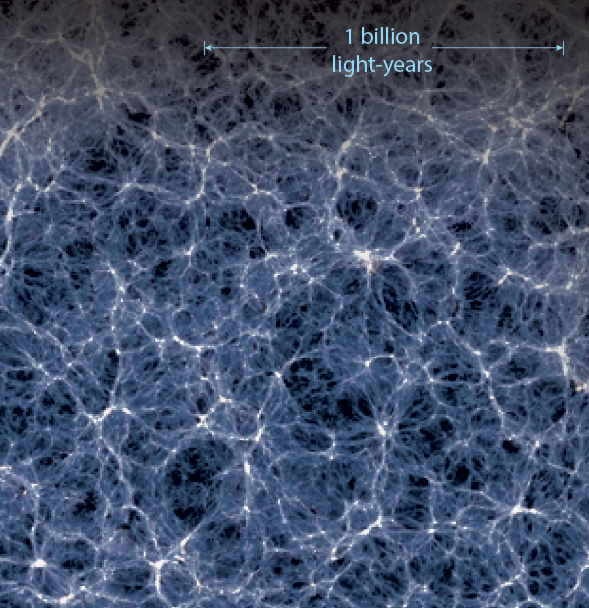Is there any THING bigger than a galaxy?

For example, our Milky Way Galaxy is one of several dozen galaxies that make up what we call the Local Group of galaxies. Most of the galaxies in the Local Group are much smaller than the Milky Way, but one other member, called the Andromeda Galaxy, is similar in size to the Milky Way.
Some galaxy groups contain hundreds or even thousands of galaxies, in which case they are usually called galaxy clusters.

On even larger scales, groups and clusters of galaxies are themselves grouped together to make what we call superclusters. Our Local Group lies on the outskirts of what we call the Local Supercluster (also known as the “Laniakea Supercluster”). Superclusters are so enormous that we cannot easily photograph them, but rather infer their existence by mapping the positions of galaxies in three dimensional space.
Finally, such maps show that even superclusters are not randomly scattered through space, but instead form great chains and sheets of galaxies. Because the maps show these chains and sheets to make a web-like pattern, it is sometimes called the cosmic web.
